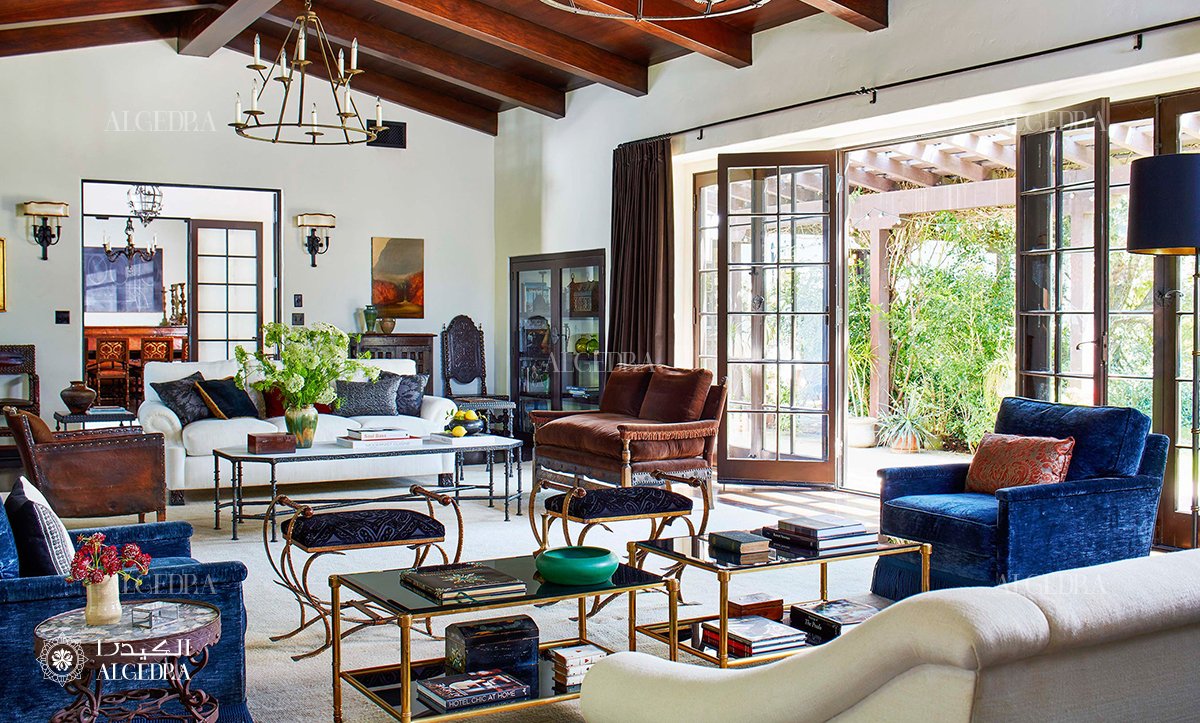One of the most well-known design styles is Art Moderne, sometimes referred to as Streamline Moderne, which is distinguished by its distinctive retro curves, pastel hues, and nautical accents.
From the 1930s to 1945, the Art Moderne movement was at its peak, signaling the end of the Art Deco period. It signified the exhilaration of the future and marked a turning point between the Roaring Twenties and the Great Depression.
The designs began to focus on simple, aerodynamic shapes that mimicked those of cars, planes, and ships at the period. During this era, diners, hotels, theaters, retail malls, bus terminals, and restaurants all featured Art Moderne design. The style became synonymous with the post-Depression era.
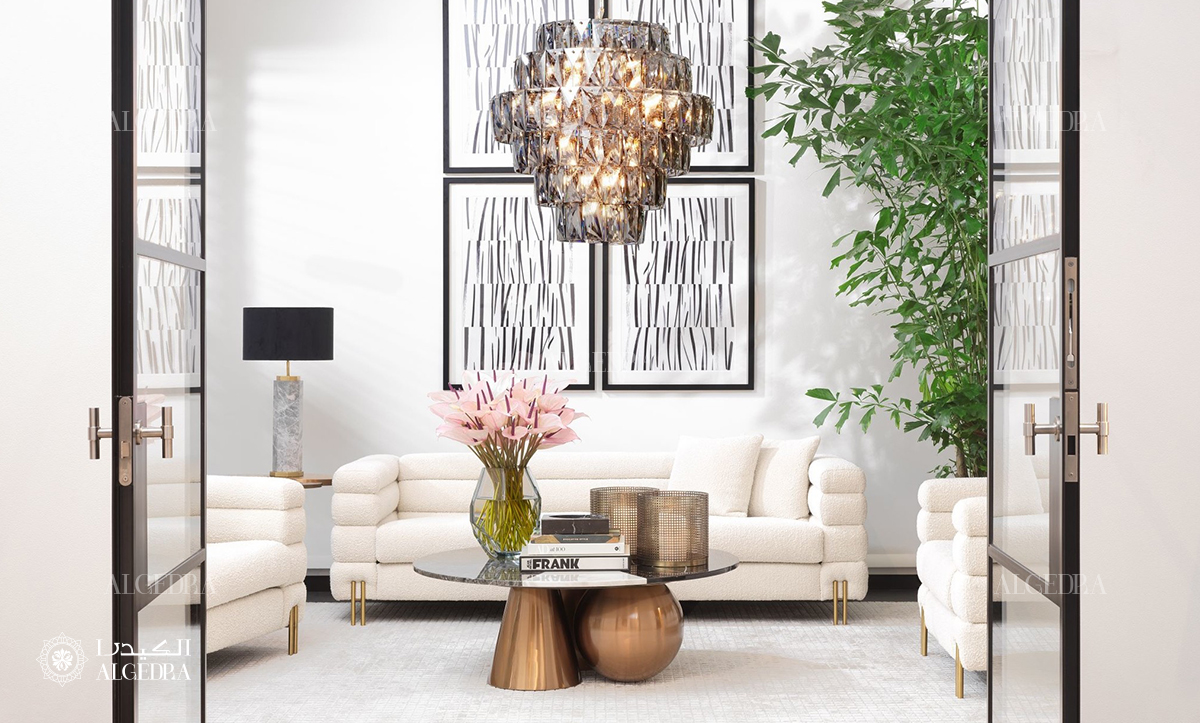
Here's an overview of the Art Moderne design style and how to apply it into your home.
Art Moderne Style in Interior and Architectural Design
Curving forms, long horizontal lines, and occasionally nautical features were used in Art Moderne architecture to highlight the simplicity of the geometric shapes.
The American design community was influenced by the European Bauhaus movement, which advocated for classical architecture to be preserved in its purest form, free of embellishment or "excess," as opposed to the chevrons, zigzags, and other decorations of Art Deco.
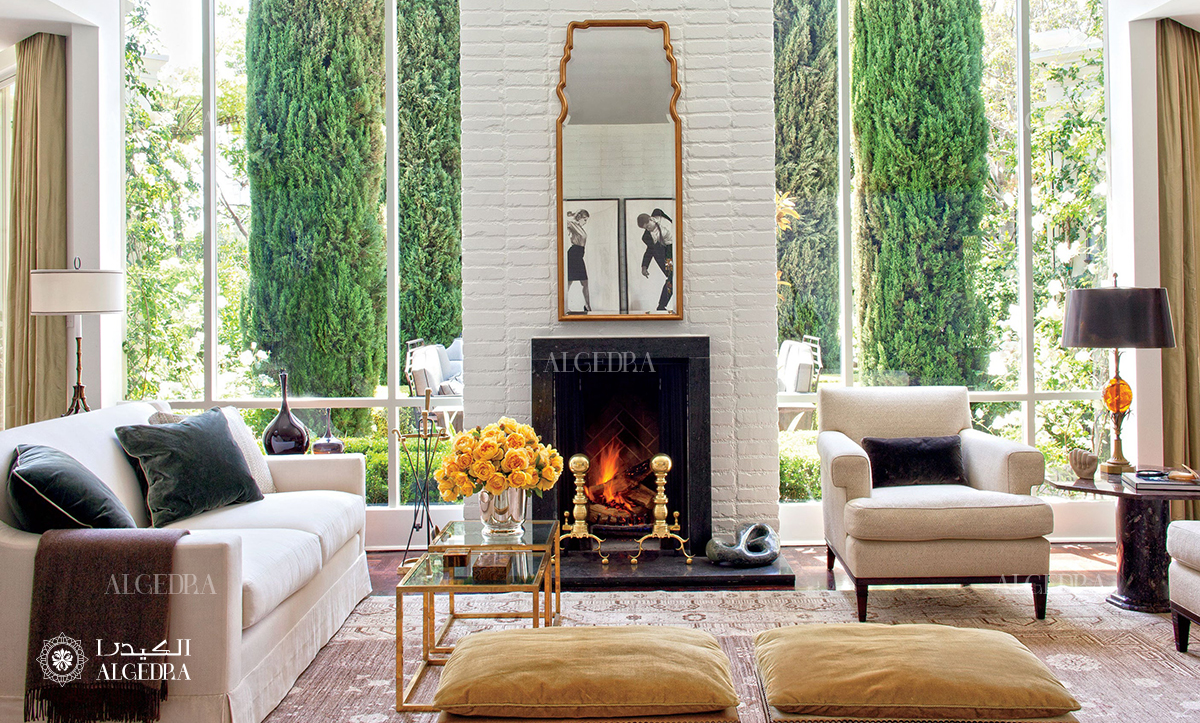
In contrast to Art Deco's propensity for tall, vertical buildings, Art Moderne structures were often fashioned in low, horizontal designs. Furthermore, they were often white, as opposed to the colorful Art Deco structures. Simple, aerodynamic curves were used instead of the harsh angles of Art Deco. Stucco, cement, and glass took the place of exotic timbers and stone.
The following are some of the most typical features of the Art Moderne design:
● Asymmetrical, low, and horizontal.
● Eaveless flat roofs.
● Corner radiuses.
● White, smooth walls.
● Windows with wraparound, porthole, and glass blocks.
● Steel railings.
The following are a few well-known built examples:
● The Normandie Hotel, San Juan.
● Daily Express Building, Manchester.
● Midland Hotel, Morecambe.
● Ford Building, San Diego.
● De La Warr Pavilion, Bexhill-on-Sea.
● Coca-Cola Building, Los Angeles
Characteristics of Art Moderne Design
Art Moderne is distinguished by shorter structures, glass brick walls, rounded edges, flat, cornered roofs, neutral or muted colors, chrome accents, and nautical or train-inspired design elements like porthole windows or boxy shapes with rounded corners. The most typical examples of a tidy, Art Moderne building are certainly Airstream travel trailers.
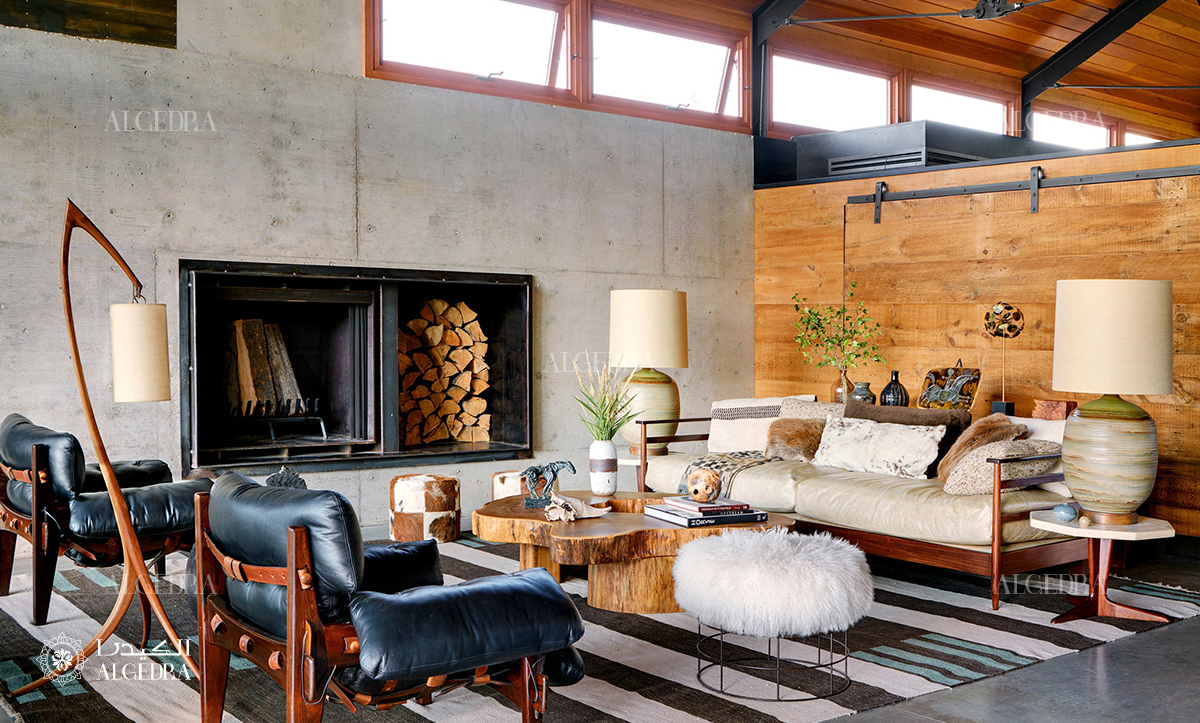
Art Moderne is much more streamlined and understated, with painted wood, basic colors, and lots of windows, in contrast to Art Deco's attractive explosion of color and patterns paired with wood and inlays.
With horizontal elements, solid colors, occasional chrome accents, and rounded corners, both appliances and interior design adopted a similar appearance.
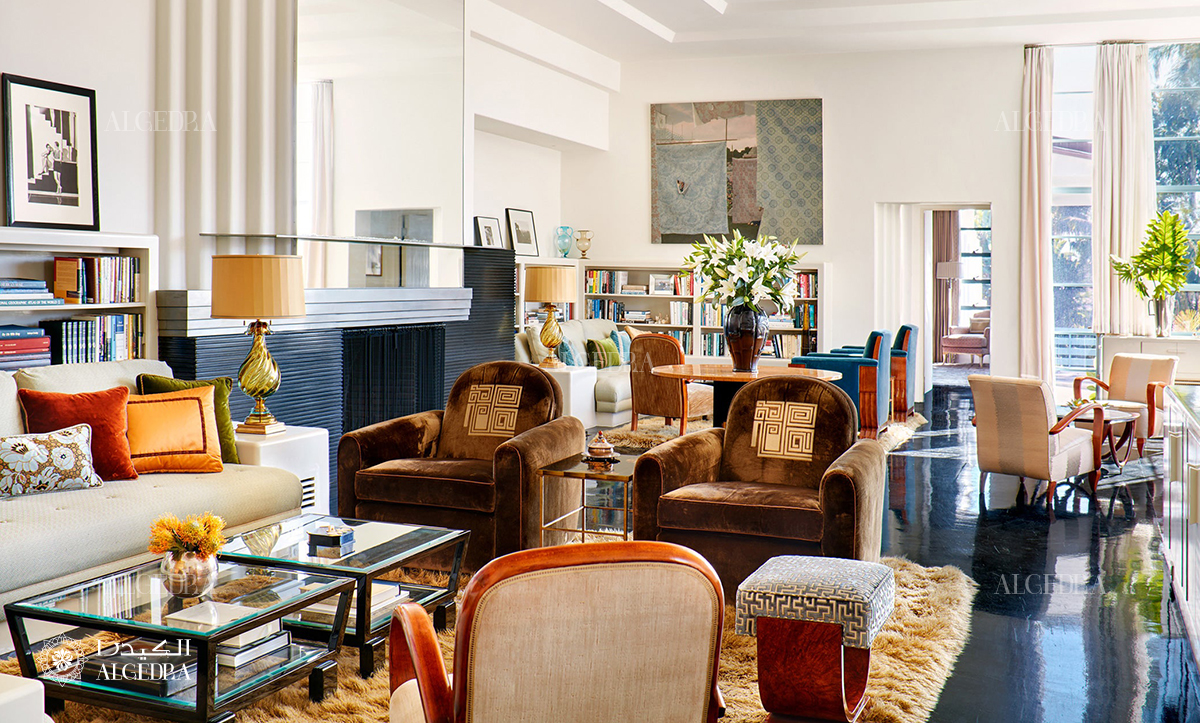
The minimalist international style would naturally succeed these very streamlined fashion trends in the 1950s and 1960s, but Art Moderne and Art Deco ruled dominant for many decades, and many of its influences may still be seen in modern clothing and magnificent, historic structures. In reality, in today's society, Art Deco and Streamline Moderne appear to be making a tremendous style comeback.
